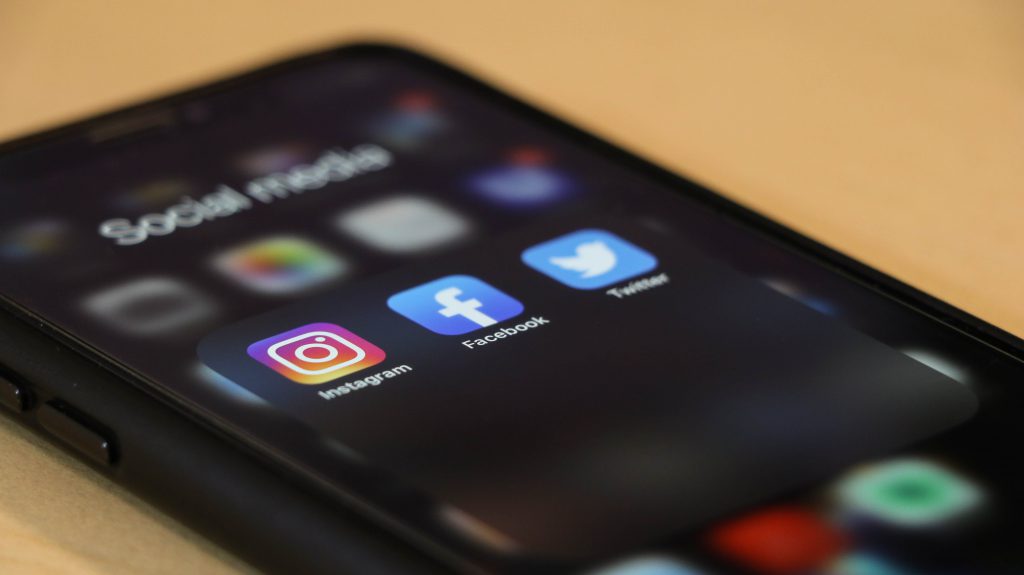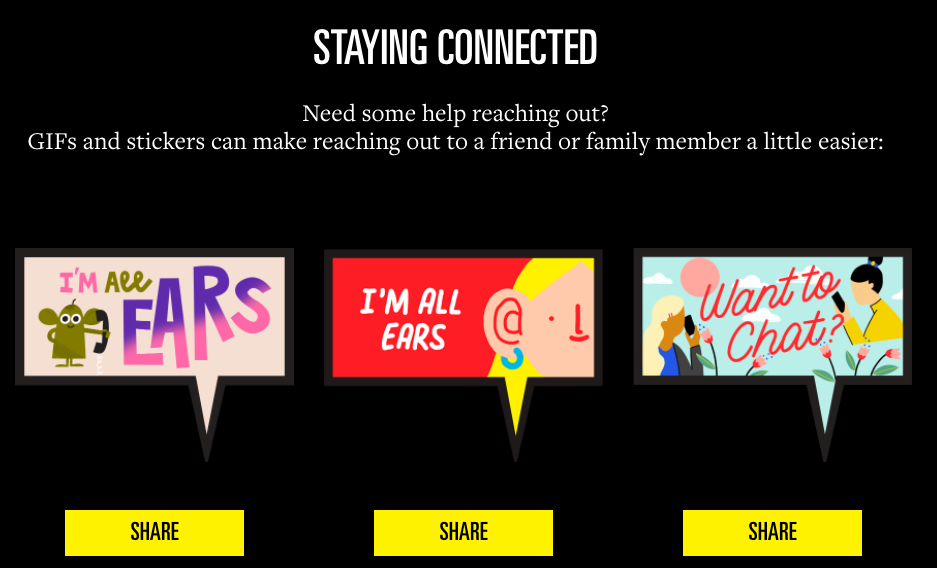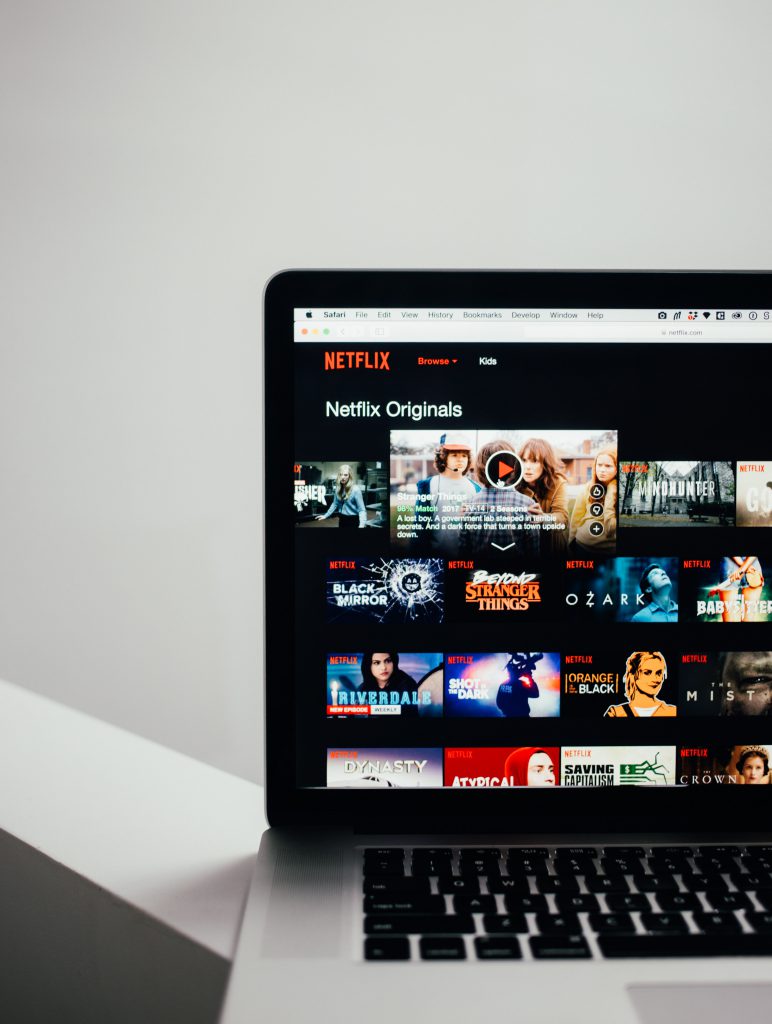 How many social media accounts do you have? A Pew research study found that about 75% of adults have more than one social media account. This number is likely to be pretty high in teens and adolescents who grew up with technology and social media.
How many social media accounts do you have? A Pew research study found that about 75% of adults have more than one social media account. This number is likely to be pretty high in teens and adolescents who grew up with technology and social media.
Not all social media platforms are created equal, though. Some serve different purposes, like how some are likely to use Twitter for news and Instagram to share their creative photography. Despite these different purposes however, there’s been a lot of overlap now that these platforms share a lot of features and have a lot of users on them.
With that all being said, the aesthetics of the site, the people you follow, and how those people share and post content can affect you differently depending which one you’re on. For some, these different feelings might be obvious, but it’s likely that you’re unable to tell because of the sheer amount of accounts that you may be cycling through. After a while, using these sites may all blur together, which may also contribute to that overwhelming, stressful feeling you might get by spending a lot of time on social media.
If it seems like your child is feeling overwhelmed by social media, or even if it seems like they’re mentally not feeling their best, it might help to have them apply some organization tips towards their phone, tablet, or computer. By spending a few minutes on the social media platforms they’re actively using, they can attempt to separate them and spend some time asking themselves questions about how each make them feel.
They can write down these feelings about each platform, and afterwards take a few minutes to see which exactly are causing particular stronger negative emotions. They can ask yourself questions such as, “Why is this platform making me feel like this?” “Is this platform worth keeping?” “How can I improve my experience on this platform?”
Hopefully, by taking a step back and evaluating exactly which platforms are affecting them and why these platforms are doing so can give your child some time to self-reflect and find ways to improve not just their social media experience, but their mood and mental health overall.
What are the social media platforms that you use the most frequently? What about your child? Do you have more than one? Have you noticed if you feel differently depending on which one you’re on?

 How many social media accounts do you have? A Pew research study found that about
How many social media accounts do you have? A Pew research study found that about 






